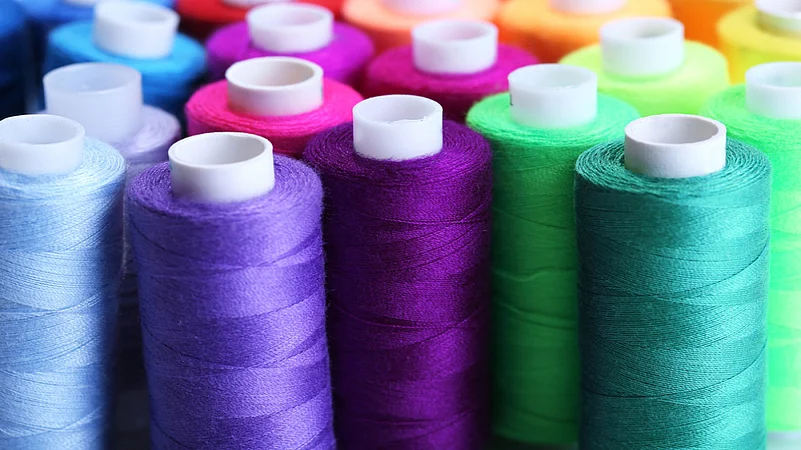The Indian textile industry is one of the oldest in the country’s economy, dating back several centuries. Madhya Pradesh has made a special contribution to this industry. A prominent element of Madhya Pradesh’s culture is its traditional clothing. In the modernised world, the people of Madhya Pradesh still preserve their traditional clothing heritage.
The central Indian state is home to unique printing techniques such as hand-block printing using mostly natural colours, batik printing and techniques of tying and dyeing known as Bandhini. The weaving specialties of Madhya Pradesh like Chanderi and Maheshwari silk and cotton clothes is globally known. Madhya Pradesh is historically known for being one of the best cotton and silk producer and is a major exporter of cotton and cotton textiles.
Advertisement
The state is home to the iconic Chanderi cotton and the Bagh print, both of which have been accorded geographical indication (GI) tag, and the Maheshwari saree. The state has been a growth centre for the country in the textile and garments sector.
Moreover, Madhya Pradesh has an incredible culture with some similarities to Rajasthan and Maharashtra, though it still has a unique culture of its own. Tribal communities make up 20 per cent of the total population of the state thereby rendering Madhya Pradesh with a unique culture that parades the traditional and ethnic side of the state.
Due to this, the textile plateau has been buzzing with activity. The textile and apparel industries has been of significance in Madhya Pradesh for decades. It is a fast-expanding and growing market, and it has an incomparable employment potential.
Advertisement
Known as the ‘Heart of India’, the state accounts for 43 per cent of India’s and 24 per cent of the world’s organic cotton production. The state has witnessed 60 per cent CAGR (compounded annual growth rate) in organic cotton production during the last three years. Presence of more than 60 large textile mills, over 4,000 looms and 2.5 million spindles demonstrate the strength of MP in the sector. Indore, Bhopal, Ujjain, Dhar, Dewas, Gwalior, Chhindwara and Jabalpur have emerged as major textile hubs in the state. The readymade garment industry cluster at Indore houses over 1,200 units with an apparel designing centre at Indore SEZ.
The state has been able to attract multiple big-ticket investments in the textile and garment sector. Many behemoths of textile businesses have shown a positive interest in establishing operations in the state, especially in the Indore region. Madhya Pradesh is continuously attracting big investments in apparel manufacturing industry and that day is not far when the state will become the largest hub for textile and garment sector manufacturing.
Madhya Pradesh has received the highest amount of investment under the production linked incentive (PLI) scheme of Government of India for the textile sector with investments worth 3,513 crore.
Since, textile and garment is one of the focus sectors of the state and the sector offering huge employment opportunities for the state’s youth and women, the Shivraj Singh Chouhan-led government has come up with a completely customised incentive package for textile and garment sector industries. The financial assistance offered to industries is proportional to the amount of investment made in plant and machinery (P&M).
Advertisement
This guiding principle has attracted Trident Group, Raymond, Aditya Birla, Best Corp, Gokaldas Exports, Pratibha Syntex, AVGOL, Indorama, Sagar Group, Bhaskar, Nahar Group and Vardhman group are some of the biggest names who have invested and established their unit in Madhya Pradesh. They have been investing repeatedly in the state due to the conducive policy of the MP government, readily available skilled manpower and fewer man-days loss.
With solid support from the Chief Minister, the state is looking forward to meet industry captains in the 'Invest Madhya Pradesh' Global Investors Summit taking place from 11 to 22 January. The summit could potentially reshape the landscape of growth in the textile and garment sector in the country.















 Just one email a week
Just one email a week